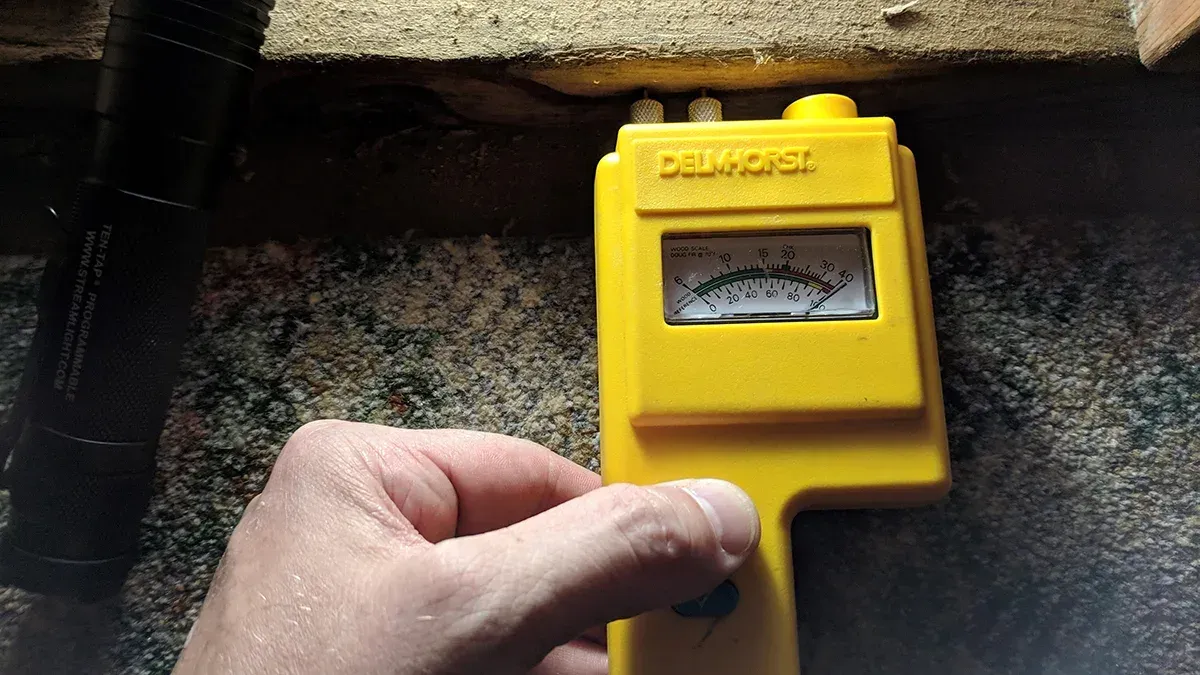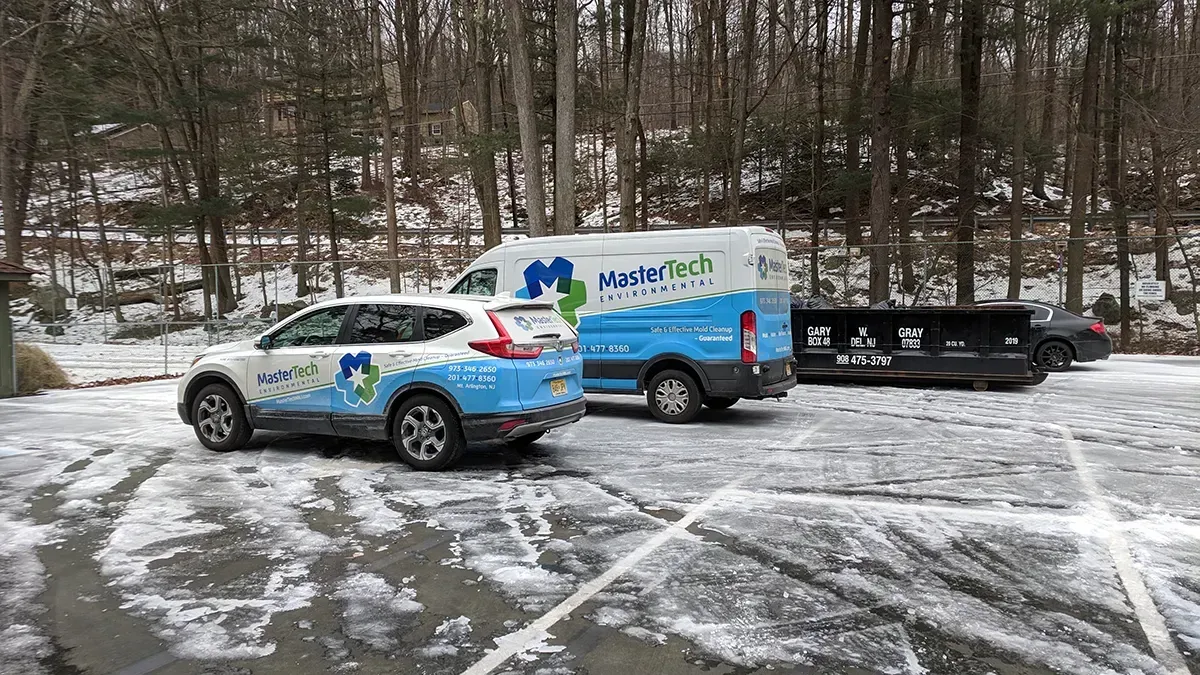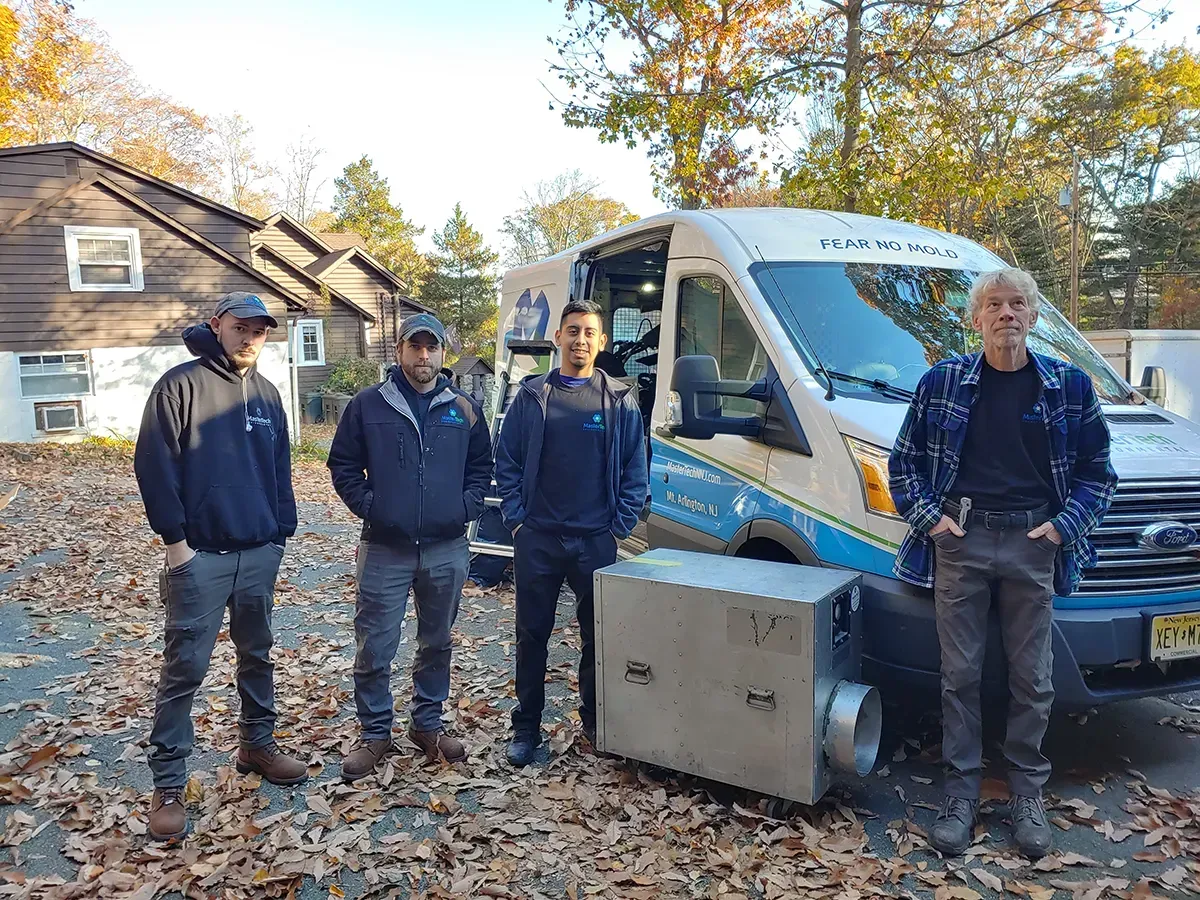How Do I Assess Mold in My Morristown, NJ Home?

Some problems announce themselves. A sour, damp smell that follows you down the basement steps. Paint that keeps bubbling over the same corner. A cough that eases when you step outside but lingers in your living room. Whether you own your house off South Street or rent a walk-up near the Green, it is unsettling to wonder if those small signs add up to a real risk for your family. You want a straight answer about severity, not scare tactics, and you want it in plain language you can act on today.
Here is that answer. Assessing mold in a Morristown home comes down to a clear sequence that public health guidance supports and field experience reinforces. First, acknowledge that moisture drives indoor mold. Then judge risk through a simple lens that accounts for who is being exposed, the actual growth you have, and the conditions that are allowing it to thrive. Use a quick, organized walk-through to capture facts, assign a severity level to those notes, and act before a small problem turns into an emergency. If you need help after you assess, tap the call button or visit the Contact Us page and describe what you found.
Start With What You’re Already Noticing
Before numbers and checklists, start with your senses. What do you see, smell, and feel in the spaces you use most? A persistent musty odor that hangs in a room often points to hidden growth nearby. Spots that darken, spread, or return after cleaning signal active moisture that is feeding mold. Pay attention to people as well as surfaces. If a child’s congestion or an adult’s wheeze worsens at home and eases elsewhere, that pattern matters. Renters, write down dates, symptoms, and locations as you notice them so your notes are usable later. The goal of this step is not to diagnose a species. It is to capture clues that will guide a focused inspection and a fair risk call.
This quick inventory keeps you from chasing every stain and sets up the real driver you need to confirm next.
Moisture is the Driver, Not Mold
Mold spores are everywhere outdoors. They become a problem indoors when a building offers the one thing they need to grow: moisture. In Morristown, that moisture often comes from older basements that never quite dry, bathroom fans that vent poorly, plumbing drips inside cabinets, air leaks that cause summertime condensation on cool surfaces, or roof and window leaks that wet framing. If water took more than a day or two to dry after a past incident, expect growth inside walls, under flooring, or behind trim. Owners can open access panels and check for active leaks. Renters can still confirm moisture by touch, by watching for condensation, and by photographing fresh water stains as proof. Once you identify where moisture is entering or lingering, you are ready to judge risk through a simple lens.
The moisture check explains why some tiny spots matter and others do not.
Use the Three-Factor Risk Lens
A connected assessment weighs three things together instead of fixating on color or Google myths. Ask who is being exposed, how much growth exists, and how it is growing. This lens keeps decisions grounded in health and building science rather than guesswork. It also works for both owners and renters because it focuses on conditions that can be observed and documented. Keep your earlier notes in view and read them through this lens.
1. Who is Being Exposed? Risk rises when sensitive people live in the space. Young children, older adults, anyone with asthma, allergies, COPD, recent surgery, or a compromised immune system may experience more severe reactions. If those occupants are already having symptoms that worsen at home, weigh your decision toward faster action. Renters should include these details when notifying a landlord because health impact plus moisture evidence tends to move repairs forward.
2. How Much Mold Exists? Size and spread matter. A few inches of growth on bathroom caulk is frustrating but usually limited. A full wall section, multiple rooms, or visible growth on the back of a closet full of porous materials points to a much larger source and heavier exposure. As a practical benchmark, once you see more than a few square feet in one area, you should treat it as more than a quick wipe-down. Large or recurring areas suggest hidden moisture and justify a more protective plan.
3. How Is It Growing? Conditions tell you how stubborn and risky the problem will be. Growth on porous drywall, fiberboard, or carpet can root deeply and return after surface cleaning. Growth near an ongoing leak, behind baseboard where walls feel cool and damp, or inside an HVAC closet can aerosolize spores through the whole home. If the water source is contaminated, such as in the case of a drain backup, treat the situation as a higher hazard and avoid disturbing materials without proper controls. Renters should report the cause, not only the mold, because repairs must address the source to stop the cycle.
This lens turns scattered clues into a pattern you can act on. Next, you will collect the last details with a short, structured check.

Do a 15-Minute Home Walk-Through Now
Set a timer and walk the home with purpose. You are not tearing anything open. You are confirming what your senses already suggested and writing it down in one place. Start at moisture-heavy zones, move room by room, and finish with your mechanical spaces. If you rent, take clear photos and short videos while you do this, so the record is usable if you need to escalate.
· Where To Check First: Bathrooms, kitchens, laundry areas, basements, attics, window sills, and under any sink or appliance with water lines should be checked first. Look for spreading discoloration, soft drywall, warped trim, swollen cabinet bottoms, and active dripping or pooled water. Pause near returns and supply vents while the system runs. A musty puff when air starts moving hints at growth in ducts or near coils. In basements, scan rim joists, cold water lines that sweat in summer, and corners where cardboard boxes sit on concrete.
· What to Write Down: Create three columns that match the lens. For “Who,” list sensitive occupants and any symptoms that worsen at home. For “How Much,” estimate size, number of areas, and whether the growth is recurring. For “How It’s Growing,” note the surface type, any active moisture, odors, and whether the HVAC seems involved. Finish by circling the one moisture source you believe is driving the worst area. Renters should add “reported to landlord on [date]” right on the page once they email or text.
· If You Rent, Document Causes: Your leverage comes from causes and impact. Photograph fresh water marks, record short clips of drips, and capture a hygrometer reading if you have one. Pair each image with where it is, when you took it, and who in the home is affected. Request repair of the leak or ventilation issue in writing.
Act Early to Protect Health, Home
Mold affects people and buildings in tandem. For sensitive family members, even modest exposure can amplify allergies and asthma. For structures, persistent dampness quietly weakens drywall, subfloors, and framing, and it creates new places for growth to seed. Acting early shortens exposure windows, limits spread through air movement, and reduces the amount of material that must be removed later. Owners save money and disruption. Renters strengthen their case by pairing clear documentation with reasonable requests on a short timeline.
Prevent Recurrence By Controlling Moisture
Assessment ends where prevention begins. Keep indoor humidity near 30 to 50 percent, and use dehumidifiers in damp basements through sticky New Jersey summers. Vent bathrooms and kitchens outdoors, fix drips and roof leaks quickly, insulate cold water lines that sweat, and dry any wet materials within a day. If you replace damaged finishes, choose mold-resistant drywall in wet rooms and avoid carpeting on concrete. Renters can still open windows briefly after showers, run fans, and keep belongings off basement floors while you wait for building repairs, which cuts risk without masking the cause.
If your notes point to priority or emergency, or you want a professional set of eyes on your Morristown home, tap the call button or head to the Contact Us page. Tell us who is being exposed, how much growth you see, and how it is growing. We will help you choose the safest next step for mold in Morristown NJ and, when needed, guide you toward effective mold removal or mold remediation Morristown NJ residents can rely on. Acting today protects both your health and your home.





